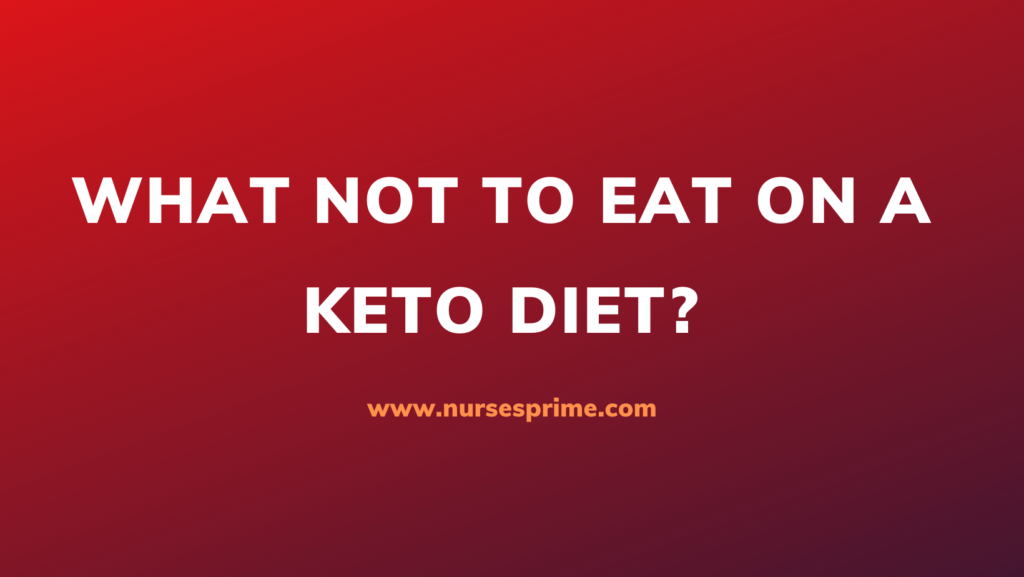What Not to Eat on a Keto Diet?
Healthful Vitality | 11/11/2021 | By NP Contributor.

The Keto diet differs from every other diet form in the way that it tries to use the alternate pathway of energy. Under usual conditions, the body would get most of its energy from carbs or glucose.
However, if in the case of energy deficiency, like prolonged fasting, the liver may start producing ketone bodies. [1] Body cells can use these fatty acids to fulfill their energy needs.
The Keto diet is about intentionally reducing the carb intake to a very low level. This forces body to use the alternate path of energy production. Thus, the body starts burning fats and using fatty acids for energy production.
Therefore, the keto diet involved severely cutting down the intake of carbs. The Keto diet will only work if carbs are kept below 10% of daily calorie intake. Some even recommend keeping carbs as low as below 5% of daily calorie intake.
What not to eat when on a keto diet?
Thus, one should not eat products that are rich in carbs. These are products that the body can use to produce glucose. Such foods will prevent the body from getting into the so-called keto state.
Hence, sugars are the big no. So, it means no sweets, no packed juices, and giving up most baked products.
In the usual diet, grains are the primary source of carbs and energy. However, one should considerably restrict their limit when on a keto diet. It means minimizing or even giving up the intake of white bread, oatmeal, pasta, rice, and so on.
Vegetables are good for the keto diet but not starchy veggies that are abundant in carbohydrates. Thus, no more potatoes, sweet potatoes. Hence, limit the intake of beets, peas, turnips, and other roots.
One would also need to give up most commonly available snacks like chips and crackers, as they are loaded with carbs.
One may drink small amounts of alcoholic drinks, but not those with high sugars like wine, beer, and cocktails.
Nuts and beans are good for health, but they are also excluded from the keto diet. Most nuts are abundant in carbs. Thus, do not eat peanuts, lentils, and so on.
A Keto diet may also mean giving up fruits as most of them are sweet and rich in carbs. There are few exceptions, like consuming a small portion of lemons, tomatoes, and certain berries.
Practicing the keto diet is challenging
Thus, as one can see that practicing the keto diet is challenging. It requires severe dietary restrictions. It also means giving up many good food items because they are rich in carbs. However, in some cases, the benefits of the keto diet might be amazing.
Generally, the initial few months may be pretty challenging when switching to a keto diet. Giving up carbs and using fats as an energy source is not usual for the body. As a result, it may initially cause “keto-flu,” causing body aches and even changes in the body temperature. There may also be changes in the body odor.
Fortunately, these issues are short-lived as the body adapts to the new kind of diet. Most people would start feeling better and energized after three months of such a diet.
Reference:
- https://onlinelibrary.wiley.com/doi/10.1002/(SICI)1520-7560(199911/12)15:6%3C412::AID-DMRR72%3E3.0.CO;2-8
(Related Article: Keto Diet for Type 2 Diabetes (T2D))
